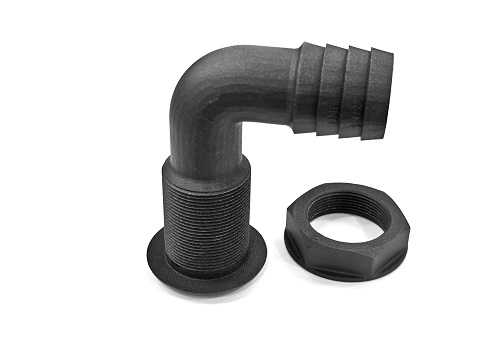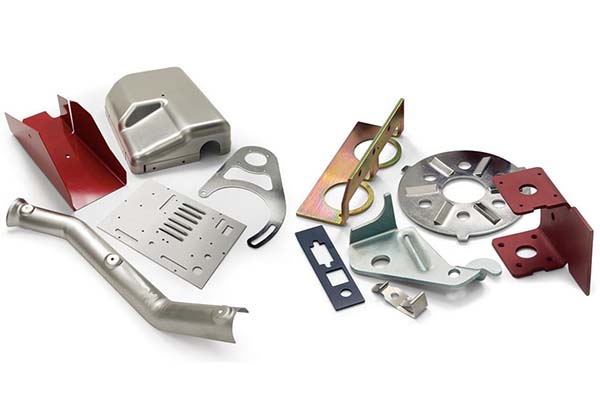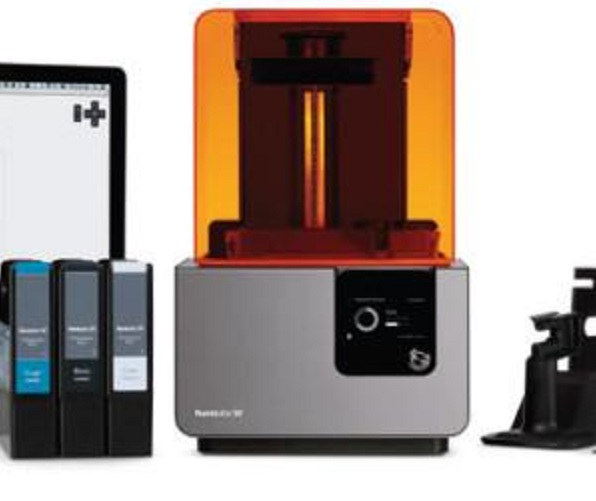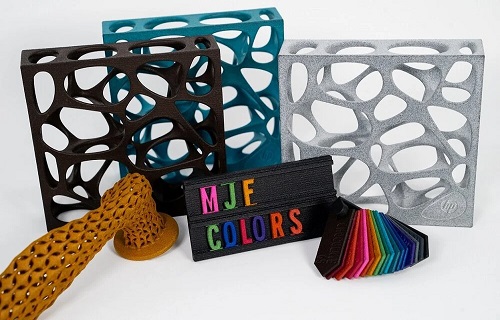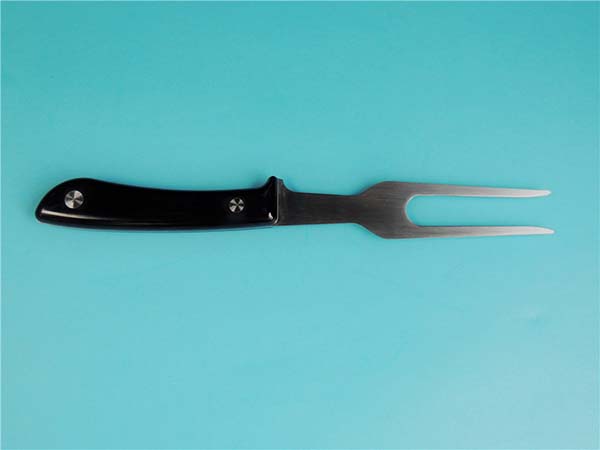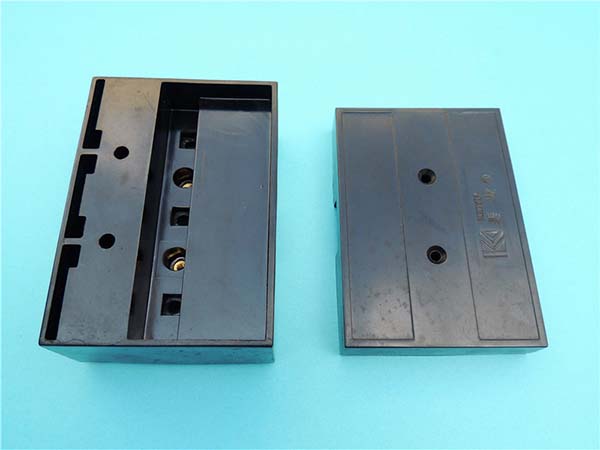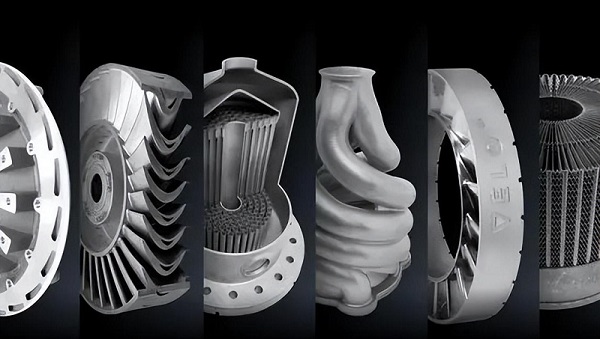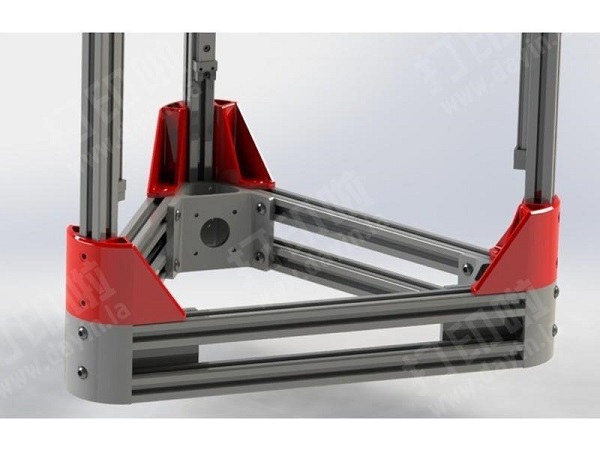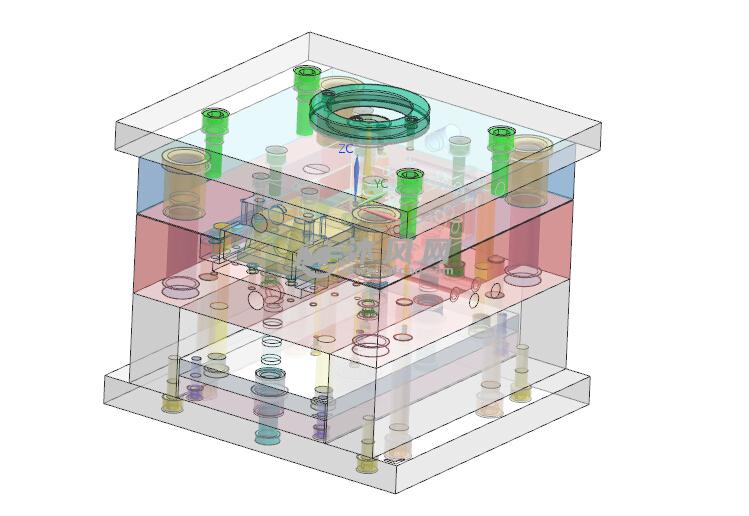Introduction to PETG
PETG (Polyethylene Terephthalate Glycol) has gained significant popularity in the 3D printing community, favored for its unique properties that offer a balance of strength, flexibility, and ease of use. This versatile material is utilized in both professional and hobbyist projects, spanning from functional parts to intricate models. In this article, we will explore the key advantages and disadvantages of using PETG in 3D printing, delve into its ideal printing settings, and assess its suitability for different applications.
Definition and Composition
PETG is a thermoplastic polyester made from repeating units of terephthalic acid, ethylene glycol, and 1,4-cyclohexanedimethanol. This chemical composition gives PETG its durability, flexibility, and excellent mechanical properties. It combines the ease of printing found in other materials with robust mechanical performance, making it an ideal choice for a wide array of 3D printing applications.
Comparison with Other Filament Types
When compared to other common 3D printing filaments like PLA, ABS, and TPU, PETG stands out for its combination of superior chemical resistance and ease of printing. Unlike ABS, which demands a heated bed and an enclosed printing environment to avoid warping, PETG can be printed on a standard bed without the need for an enclosure. Moreover, PETG offers better layer adhesion and surface finish than many alternatives, making it an excellent choice for high-detail prints.
Advantages of PETG for 3D Printing
Durability and Strength
A primary advantage of PETG is its exceptional strength and durability. The material can endure substantial stress and impact without breaking or cracking, making it an ideal option for functional components that require longevity, such as mechanical parts or enclosures.
Temperature Resistance
PETG exhibits remarkable temperature resistance, capable of withstanding temperatures up to 80°C (176°F). This characteristic makes it suitable for applications exposed to moderate heat, including automotive and electronic components that may encounter higher temperatures.
Layer Adhesion and Surface Finish
PETG is known for its superior layer adhesion, which leads to prints with smooth surfaces and fewer imperfections. This property is particularly beneficial for projects that demand a high level of detail or an aesthetically pleasing finish, such as prototyping and decorative items.
Disadvantages of PETG for 3D Printing
Cost Considerations
One of the key drawbacks of PETG is its relatively higher cost when compared to other filament types such as PLA or ABS. This price difference can be a limiting factor for hobbyists or those working on budget-conscious projects, especially when working with large quantities of material.
Stringing Issues
Although PETG generally prints well, it is prone to stringing—a common issue where thin strands of filament form unwanted bridges between parts of the print. While stringing can be reduced with proper tuning of printing parameters, this requires additional effort and may pose challenges for beginners or those looking for a more hassle-free printing experience.
Limited Color Options
Unlike PLA, which offers a vast range of colors, PETG typically comes in a more limited selection of hues. For projects that require specific aesthetic qualities or a wider array of colors, this limitation can be a consideration when choosing PETG as a material.
Printing with PETG
Recommended Printing Settings
To achieve optimal results when printing with PETG, the recommended nozzle temperature is typically between 230°C and 250°C, with a bed temperature ranging from 70°C to 80°C. These settings ensure good layer adhesion while minimizing the risk of warping during the printing process.
Bed Adhesion Techniques
To enhance bed adhesion, applying a glue stick, hairspray, or a specialized PETG adhesive can be helpful. A heated bed can further improve adhesion and prevent issues like warping, particularly when printing larger models or parts with intricate designs.
Cooling Requirements
PETG benefits from moderate cooling during printing. A slower cooling rate helps minimize internal stresses and promotes better bonding between layers. Using a part cooling fan at a moderate setting can help achieve a balance that enhances the final print quality.
Applications of PETG 3D Printing
Industrial Use Cases
PETG's durability and chemical resistance make it ideal for various industrial applications, including the production of jigs, fixtures, and functional prototypes. Its ability to withstand exposure to harsh environments also makes it suitable for parts used in automotive and manufacturing sectors.
Consumer Product Examples
In the consumer market, PETG is used to create durable cases, enclosures, and mechanical components. Its capacity for producing high-quality, detailed finishes makes it particularly popular for products that require both functionality and aesthetic appeal.
Environmental Impact
Compared to other plastics, PETG is considered more environmentally friendly due to its recyclability. It can be reused multiple times, promoting sustainability by reducing waste. However, like all plastics, it is essential to manage its lifecycle responsibly to minimize its environmental footprint.
Conclusion
PETG stands out as a versatile 3D printing material, offering an excellent balance of durability, ease of use, and aesthetic quality. Despite its higher cost and potential for stringing, it remains a popular choice for applications that demand strength, flexibility, and high-quality finishes. As the 3D printing industry continues to grow and evolve, PETG is likely to see even broader adoption, especially as material science and printing technologies continue to advance.
Summary of PETG Benefits and Drawbacks
Benefits:
- High strength and durability, ideal for functional parts
- Excellent temperature resistance, up to 80°C (176°F)
- Superior layer adhesion and smooth surface finish
- Easy to print without requiring an enclosed environment
- Good chemical resistance and recyclability
Drawbacks:
- Higher cost compared to other filaments like PLA or ABS
- Potential for stringing if settings are not optimized
- Limited color options compared to PLA
Future Outlook for PETG in 3D Printing
The future of PETG in 3D printing looks promising, with continued advancements in material properties and printing techniques. As research progresses, we can expect greater adoption of PETG across diverse industries, driven by its unique combination of strength, flexibility, and environmental benefits. Additionally, innovations in recycling and sustainable practices will enhance its appeal, solidifying PETG as a key material in the ever-evolving world of 3D printing.
